GUESTS
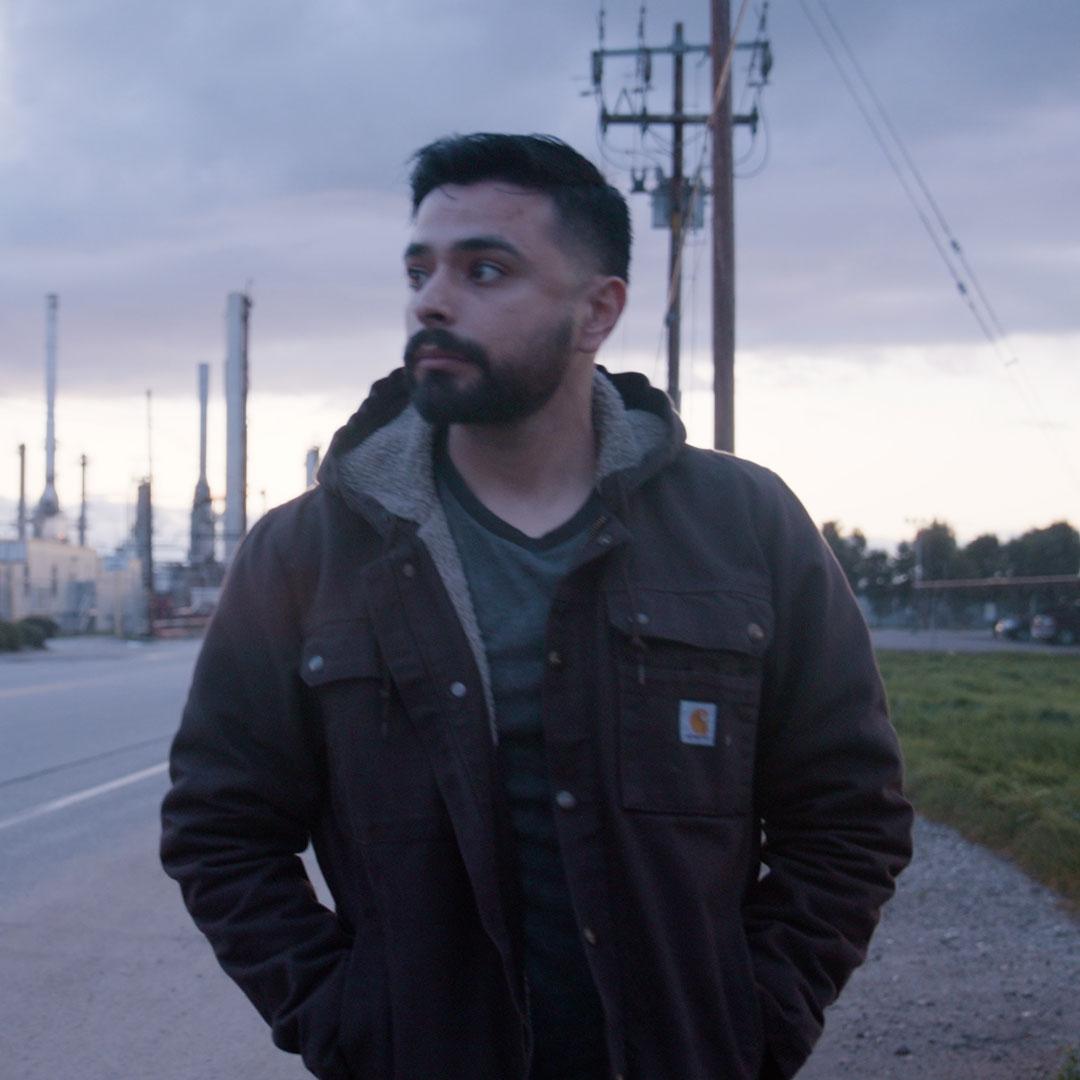
CESAR AGUIRRE is a COMMUNITY ORGANIZER based in Kern County. He has worked to address toxic leaks from oil drills and helped California enact setbacks laws to prevent new oil drills from being placed close to homes, hospitals, and schools. We follow him on oil leak inspections and learn about what keeps him motivated despite the odds.
Learn more about his work at the Central California Environmental Justice Network
(Featured: Season 1, Episode 1)
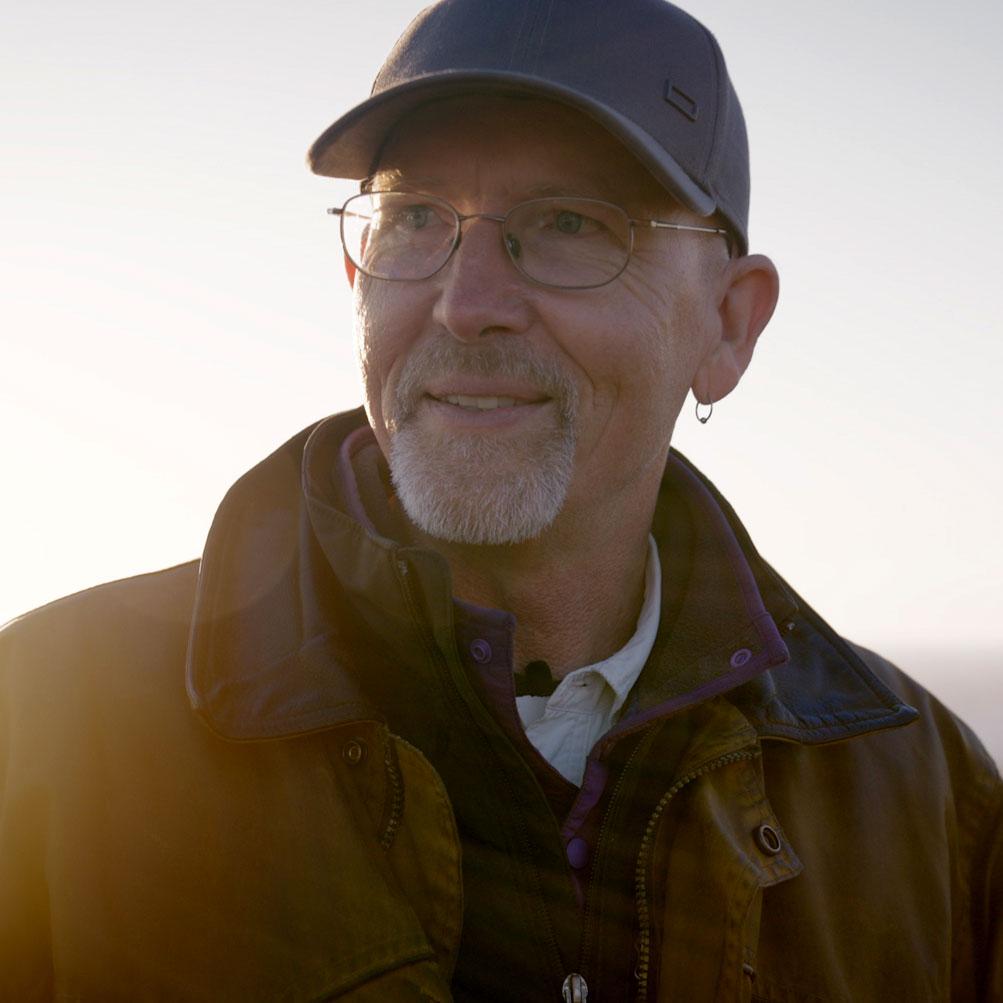
JACK HINES is a SOUNDSCAPE ECOLOGIST and the creator and host of EAR TO THE WILD, a radio show that encourages us to connect to the natural world by listening. He and his mentor, Bernie Krause, have been using animal sounds such as bird songs to learn how our planet’s patterns and ecosystem conditions are being disrupted by climate change.
Learn more about his work.
(Featured: Season 1, Episode 2)
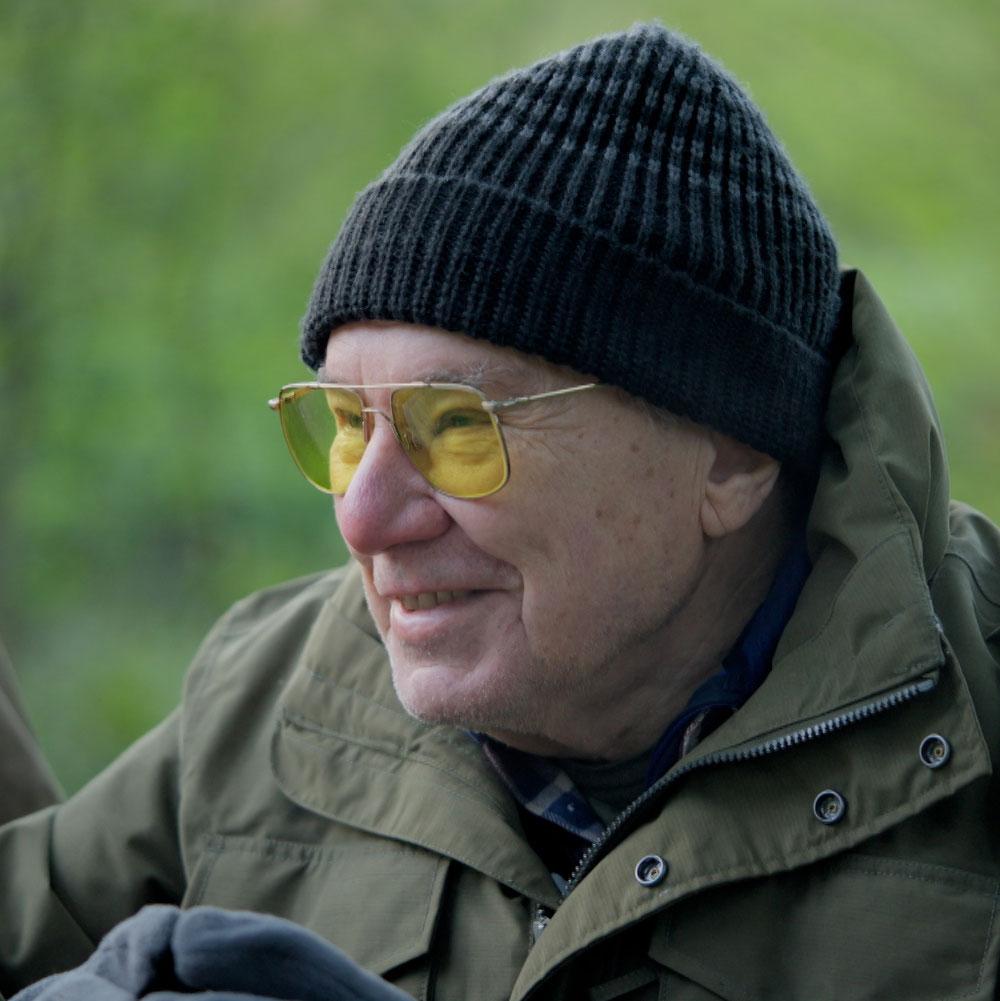
BERNIE KRAUSE is a SOUNDSCAPE ECOLOGIST and MUSICIAN who began his career as a sound recordist for Hollywood blockbusters. But his path took a turn when he began recording the sounds of nature and studying those sounds as an indicator of ecological health – in doing so, he became a pioneer of the entirely new field of soundscape ecology. He has recorded and written many groundbreaking works, include the book, The Great Animal Orchestra.
Learn more about his work.
(Featured: Season 1, Episode 2)
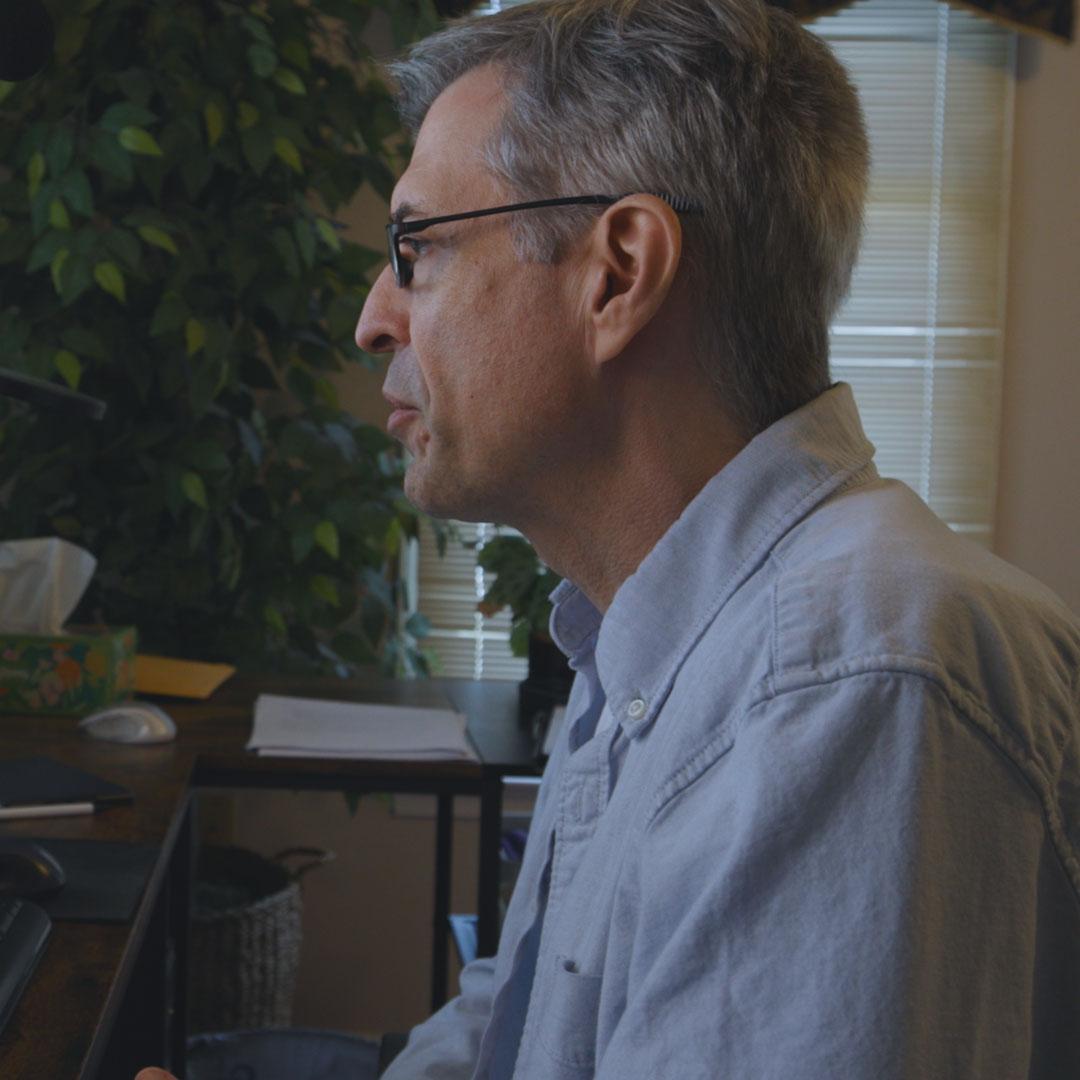 DAN LIEBERMAN is a PSYCHIATRIST and PROFESSOR at George Washington University who co-authored The Molecule of More, a book that explores the role of dopamine in human behavior. We learned about the influence of human irrationality in resource accumulation, and its impact on our climate. But we also explore the potential for redirecting dopaminergic impulses towards climate solutions, as well as Here and Now molecules that could help us restore balance.
DAN LIEBERMAN is a PSYCHIATRIST and PROFESSOR at George Washington University who co-authored The Molecule of More, a book that explores the role of dopamine in human behavior. We learned about the influence of human irrationality in resource accumulation, and its impact on our climate. But we also explore the potential for redirecting dopaminergic impulses towards climate solutions, as well as Here and Now molecules that could help us restore balance.
Learn more about his work
(Featured: Season 1, Episode 1)
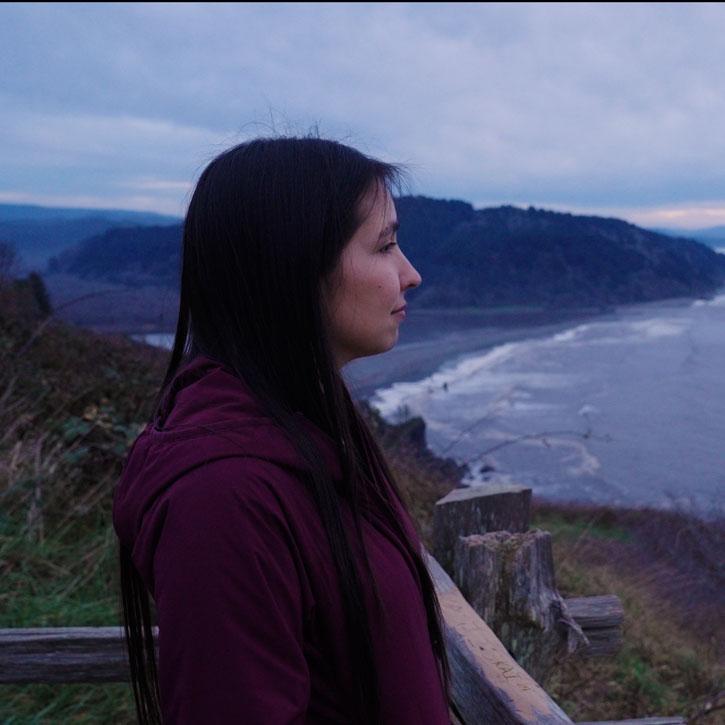 OSHUN O’ROURKE is a FISHERIES BIOLOGIST with the Yurok Tribe. She’s working to restore the salmon population that are vital to her tribe’s survival and cultural heritage. We follow her as she and her team study the health of juvenile salmon after the demolition of dams on the Klamath River. Her work is part of the world’s largest dam removal project.
OSHUN O’ROURKE is a FISHERIES BIOLOGIST with the Yurok Tribe. She’s working to restore the salmon population that are vital to her tribe’s survival and cultural heritage. We follow her as she and her team study the health of juvenile salmon after the demolition of dams on the Klamath River. Her work is part of the world’s largest dam removal project.Learn more about the Yurok Tribe:
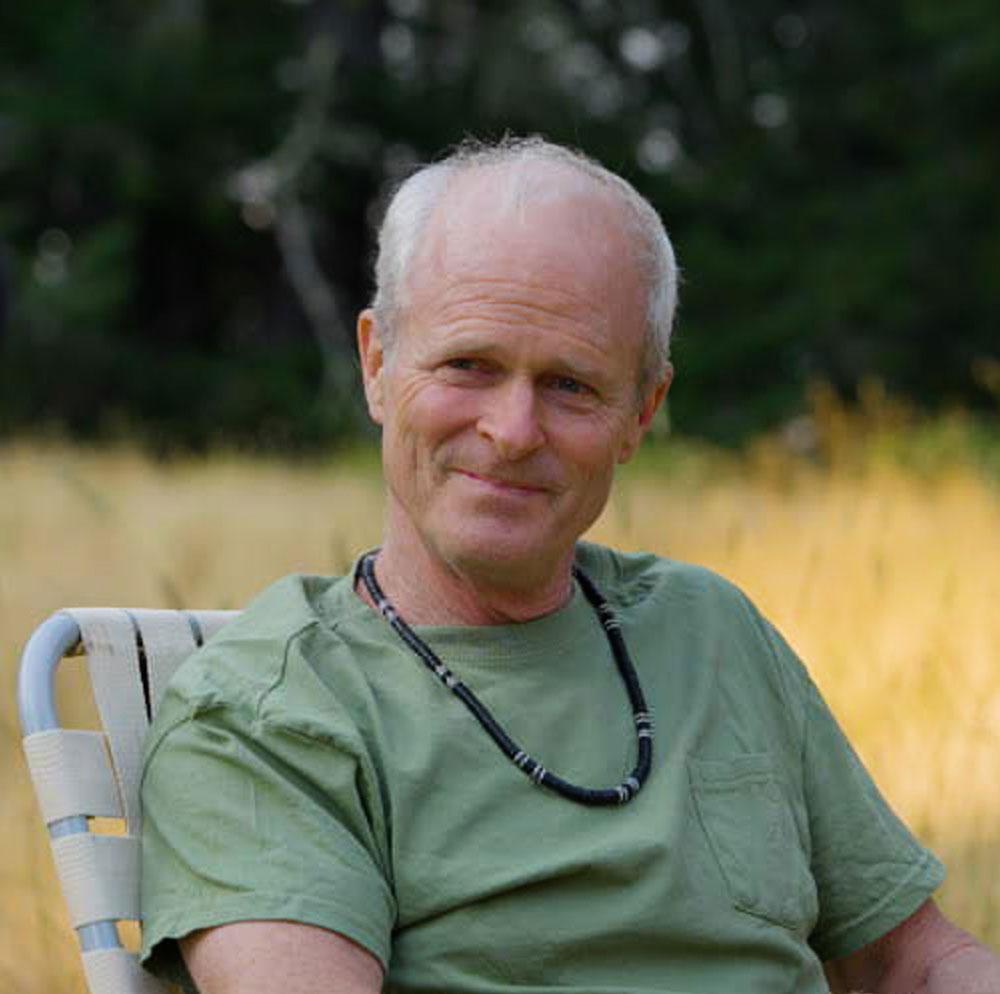 JOHN REID is a CONSERVATION ECONOMIST and CO-AUTHOR of the book Ever Green, which explores the importance of saving forests in the fight against climate change and offers realistic economic pathways to preserving these vital ecosystems. We spoke with him to learn about how we can reframe our goals and systems as a society to sustain the health and abundance of life on our planet.
JOHN REID is a CONSERVATION ECONOMIST and CO-AUTHOR of the book Ever Green, which explores the importance of saving forests in the fight against climate change and offers realistic economic pathways to preserving these vital ecosystems. We spoke with him to learn about how we can reframe our goals and systems as a society to sustain the health and abundance of life on our planet.(Featured: Season 1, Episode 2)
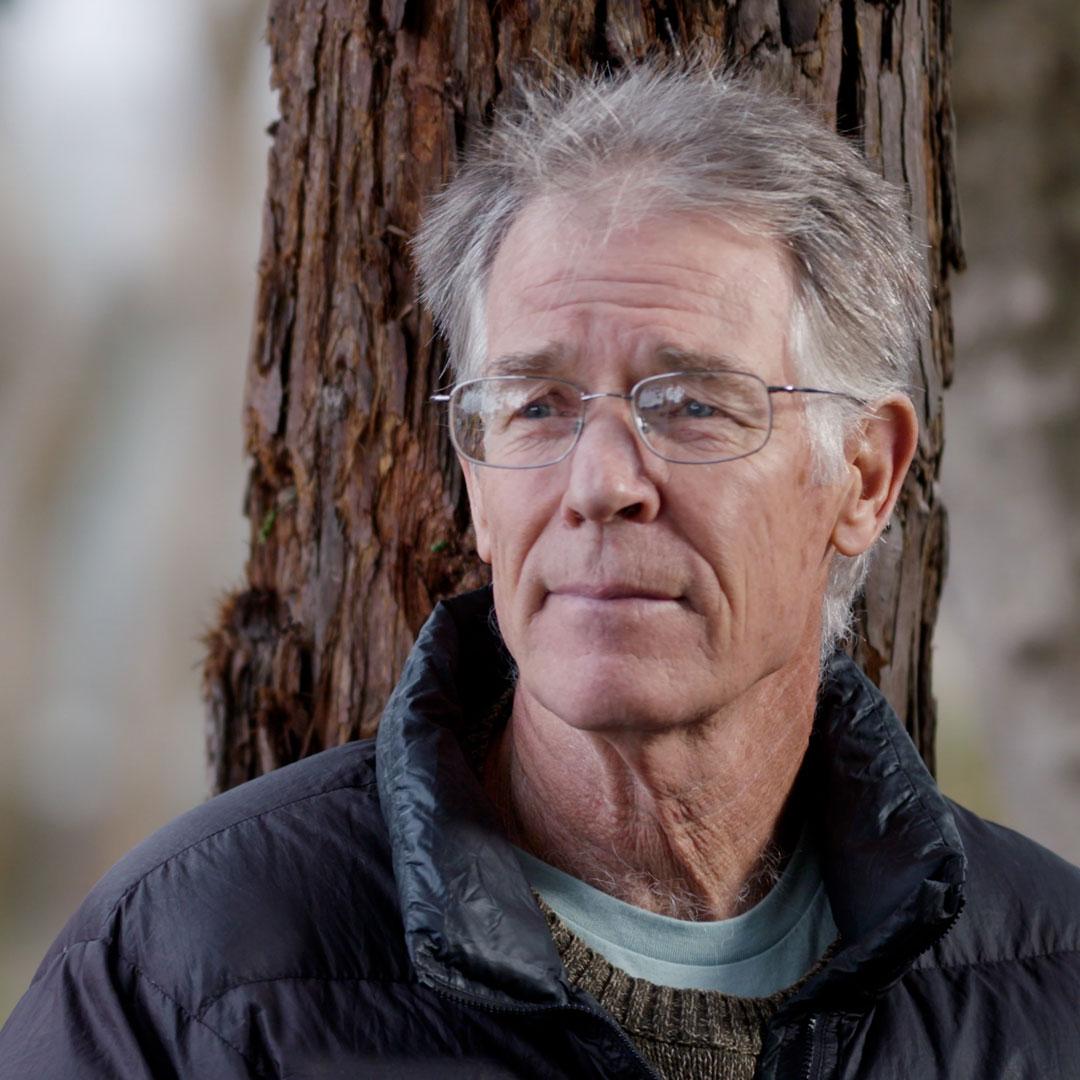 KIM STANLEY ROBINSON is a masterful SCIENCE FICTION AUTHOR whose book, The Ministry for the Future, became a best-selling beacon of hope. In it, he explores the coming crisis as well as innovative and bold solutions, such as a carbon coin, geoengineering, and massive social change. We speak with him to learn how to apply his science fiction thinking to the challenges we confront in the real world.
KIM STANLEY ROBINSON is a masterful SCIENCE FICTION AUTHOR whose book, The Ministry for the Future, became a best-selling beacon of hope. In it, he explores the coming crisis as well as innovative and bold solutions, such as a carbon coin, geoengineering, and massive social change. We speak with him to learn how to apply his science fiction thinking to the challenges we confront in the real world.(Featured: Season 1, Episode 1)
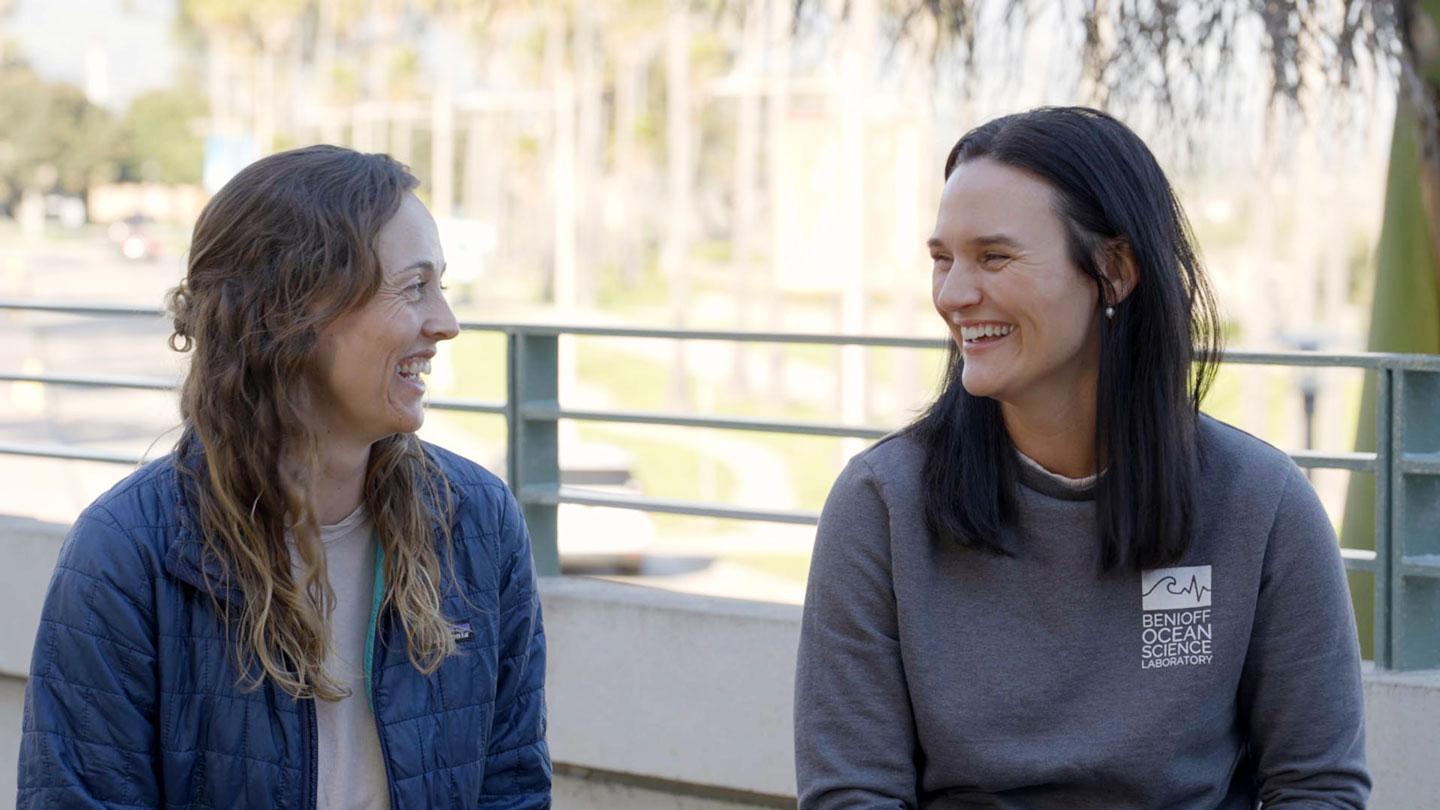 WHALE SAFE is a project of the Benioff Ocean Science Laboratory at UC Santa Barbara that harnesses the power of AI and data to help prevent whales from being hit by ships. We speak with CALLIE LEIPHARDT (right) and RACHEL RHODES (left), scientists at Whale Safe who are passionate about protecting these incredible animals. They explained the importance of providing the tools and education to help shipping companies avoid whale collisions, as well as spreading awareness about how our consumer choices can make a difference in this global problem.
WHALE SAFE is a project of the Benioff Ocean Science Laboratory at UC Santa Barbara that harnesses the power of AI and data to help prevent whales from being hit by ships. We speak with CALLIE LEIPHARDT (right) and RACHEL RHODES (left), scientists at Whale Safe who are passionate about protecting these incredible animals. They explained the importance of providing the tools and education to help shipping companies avoid whale collisions, as well as spreading awareness about how our consumer choices can make a difference in this global problem.(Featured: Season 1, Episode 2)
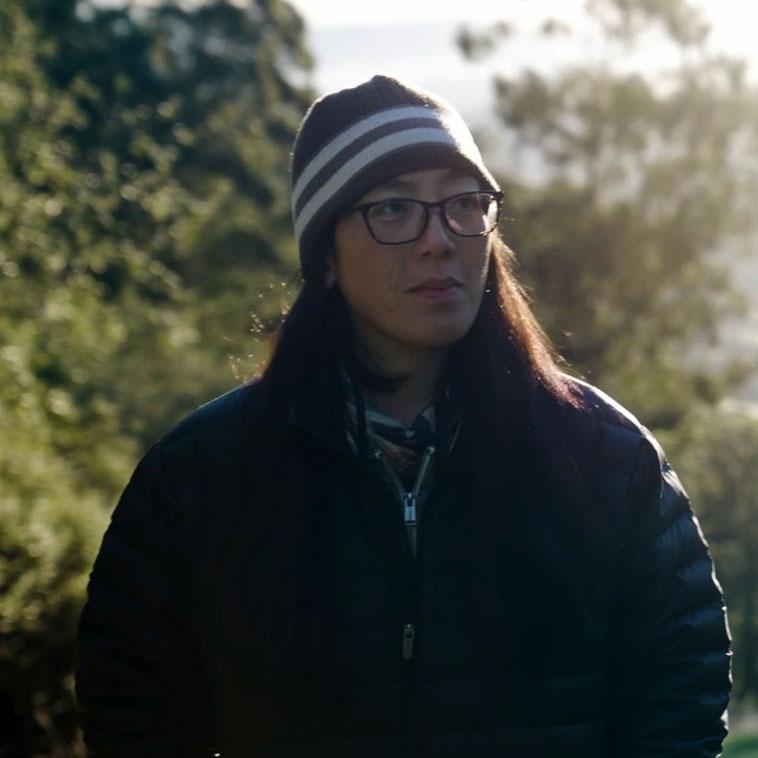 TIFFANY YAP is a SENIOR SCIENTIST and WILDLIFE CORRIDOR ADVOCATE with the Center for Biological Diversity who advocates for a healthy environment – with an emphasis on amphibians, such as newts. We speak with her to learn how newts in California are being impacted by human activity, from climate change to habitat fragmentation, and what we can do to help.
TIFFANY YAP is a SENIOR SCIENTIST and WILDLIFE CORRIDOR ADVOCATE with the Center for Biological Diversity who advocates for a healthy environment – with an emphasis on amphibians, such as newts. We speak with her to learn how newts in California are being impacted by human activity, from climate change to habitat fragmentation, and what we can do to help.(Featured: Season 1, Episode 2)
AMPAIRE, electric airplanes
BLAINE MCKINNON, Yurok fire division chief
CAFE OHLONE, Ohlone chefs
DIANDRA MARIZET ESPARZA, community organizer ![]() Instagram
Instagram
ERMIAS KEBREAB, animal science researcher
GRAY BRECHIN, author of Imperial San Francisco
GREG KING, author of The Ghost Forest
GREENFAITH with WILLIAM MORRIS, interfaith climate activists ![]() Instagram / X /
Instagram / X / ![]() Facebook
Facebook
iNATURALIST, nature app ![]() Instagram
Instagram
KELLY TURNER, heat scientist
KOUNKEY DESIGN INITIATIVE with CHRISTIAN RODRIGUEZ CEJA, community organizers ![]() Instagram /
Instagram / ![]() Facebook / X
Facebook / X
LEW REID, co-author of the California Coastal Act
LUCY KERHOULAS, ecophysiology researcher, and NICK KERHOULAS phylogeneticist
THE MARINE MAMMAL CENTER with CARA FIELD ![]() Facebook /
Facebook / ![]() Instagram / X /
Instagram / X / ![]() YouTube
YouTube
MATTER OF TRUST with Lisa Gautier eco-enthusiasts ![]() Instagram /
Instagram / ![]() Facebook /
Facebook / ![]() TikTok
TikTok
MEDLOCK AMES with AMES MORISON, regenerative winery ![]() Instagram /
Instagram / ![]() Facebook / X
Facebook / X
MELISSA WARD, oceans scientist
MYCELIUM YOUTH NETWORK with MARCY BROWN, environmental gamers ![]() Instagram /
Instagram / ![]() Facebook / X /
Facebook / X / ![]() TikTok
TikTok
NORMAN ROGERS and USW LOCAL 675, labor organizers
NORTH BAY JOBS WITH JUSTICE, labor coalition ![]() Instagram /
Instagram / ![]() Facebook / X
Facebook / X
REBOOT with JASMINE SUN, tech writers
SEAMLESS BAY AREA with IAN GRIFFITHS, transit connectors. X / ![]() Facebook
Facebook
ROSANNA XIA, author of California Against the Sea ![]() Instagram
Instagram
TAYE BRIGHT, mycologist ![]() Instagram
Instagram
UN MAR DE COLORES with MARIO ORDONEZ-CALDERON, outdoor educators

Naturalist Matt Dolkas gives tips on how to identify everyone’s least favorite plant and what to do if you get the rash.
For more information visit Peninsula Open Space Trust, openspacetrust.org

“Massive Job to Save Our Water” by Ace Gloeckner, Matteo Tufo, and Michael Deck (Analy High School)
“Water Worker Wisdom” by Jerusha Simone Watson, Joseph Gonzalez-Nicoll, and Sarahy Jimenez Ortiz (Rancho Cotate High School)
“Day to Day of a Hydrogeologist – A Skit Interview” by Cristian Mojica, Edgar Ordaz, and Uriel Sanchez (Roseland University Prep)
What is low impact development? LID means using building and landscaping methods that soak up water and keep pollutants from reaching wildlife in the Russian River. So how does my community use LID principles? We have detention basins. We have infiltration trenches. We have permeable pavement. And your most common, we have your vegetated bioswales. What these help with is flood control with less water going into the storm drains and water quality. The plants right here help filter the water and make the water cleaner before it enters our storm drain. As a teen, I can sort my trash and volunteer for local trash cleanups to keep pollutants out of runoff that reaches the creeks and river. Put a LID on it! For more information about your water, please visit https://rrwatershed.org/.
The western pond turtle is one of many native inhabitants of the Russian River watershed. These reptiles rely on clean water for their survival. But sadly, their habitat is under threat due to pollution and runoff from urban areas. Low water quality can harm these turtles affecting their health and ability to thrive. But there’s hope! Introducing low impact development. The sustainable approach to managing stormwater. Low impact development mimics natural processes allowing rainwater to infiltrate the ground filtering out pollutants before they reach our water. Rain gardens, permeable pavement, Bioswales… these innovative solutions mimic nature, filtering out pollutants before they reach the river. Reducing runoff and improving water quality LID benefits not only the western pond turtle but the entire ecosystem. Let’s put a LID on it for a cleaner, healthier, Russian River watershed. For more information about your water, please visit https://rrwatershed.org/.
The Russian River watershed is in danger because of water runoff. Water runoff travels on impervious surfaces like roads, parking lots, and sidewalks, collecting pollutants as it goes. When this runoff eventually makes it to our river via the watershed it contaminates it with all the pollutants it’s collected. But there’s a solution to this problem. It’s called low impact development or LID for short. LID is infrastructure that contains water instead of letting it collect pollutants and meet with larger bodies of water. Some examples of LID include rain gardens, tree boxes, and permeable pavement. All of these examples collect water runoff before it has a chance to cause havoc. Whether you’re a city council deciding on the next development project or a homeowner working on landscaping, remember, put a LID on it! For more information about your water, please visit www.rrwatershed.org.
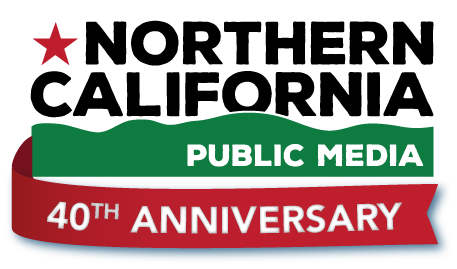
 Live Radio
Live Radio